To bee or not to bee '“ Portsmouth beekeepers in fight to save planet
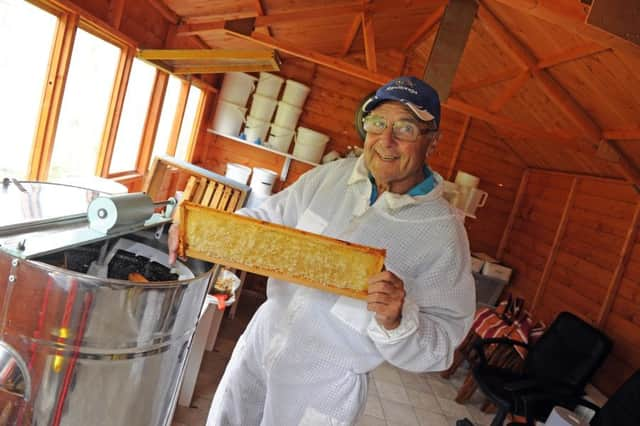

It is no secret that the populations of both bumble bees and honey bees have been steadily declining. In fact, a report from the British Beekeepers Association (BBKA) revealed a 14.5 per cent loss of honey bee colonies between October 2014 and March 2015.
Since 1941, two species of bumble bee have become extinct – those that remain, as well as species of honey bee, are now under severe threat.
Advertisement
Hide AdAdvertisement
Hide AdFor some, to idly stand by and watch the number of bees in the UK plummet is not an option to be considered.
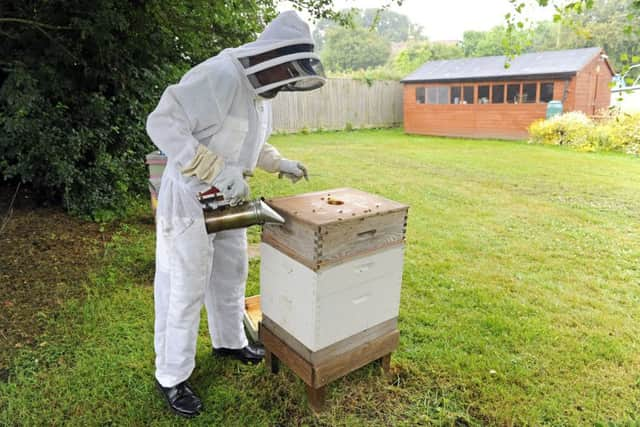

Here in the city, the Portsmouth Beekeepers’ group has been working tirelessly to rejuvenate the bee population in the region. They are doing this not only by nurturing their own beehives, but also by working in close co-operation with local authorities, and by educating young people in the importance of saving the bees.
Mike Cotton is the chairman of the Portsmouth Beekeepers.
He says that the future of bees in the UK is currently balancing on a knife edge – and that it is their job to save it, both now and in the future. Mike says: ‘I have been chairman for five years now; we do shows around the area and have a very prominent role in many public events.
‘We are the main group in Portsmouth when it comes to sustaining the bee population. It is a very important subject to all of us here.’ Mike says beekeeping took his fancy from a young age – and that is where his interest has stayed. He explains: ‘Beekeeping is one of those hobbies where it is, essentially, a lifestyle choice.
Advertisement
Hide AdAdvertisement
Hide Ad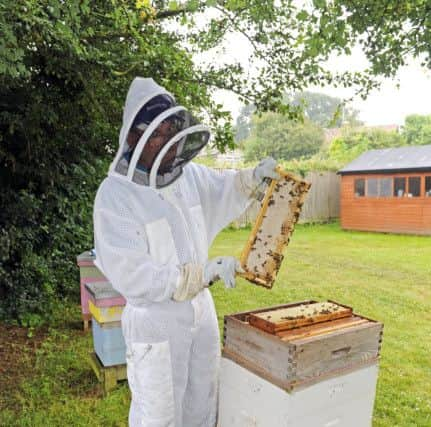

‘My interest became apparent to me when I was at school where one of my teachers was a beekeeper. One day I saw some bees and decided I would like to have a beehive of my own; it just took off from there.’
The group uses The Sustainability Centre at Droxford Road, Petersfield, as its base – though it has many hives that they look after personally, scattered across the region. Mike says: ‘We use The Sustainability Centre as a training centre, for anyone who is interested in becoming a beekeeper in the Portsmouth region. We work incredibly closely with them and are happy with the relationship we have with one another.
‘That being said, we don’t keep all of our beehives in one particular location. For example, I keep my beehives in Hayling Island. We are all over the county, and I think that is part of what makes us so successful.
‘The way in which we work with local councils plays well into our hands; they will receive a call about a swarm that has been found by a resident, and they will pass the information on to us. Because there are so many of us around the region, it is easy for us to get to wherever we need to be.’
Advertisement
Hide AdAdvertisement
Hide Ad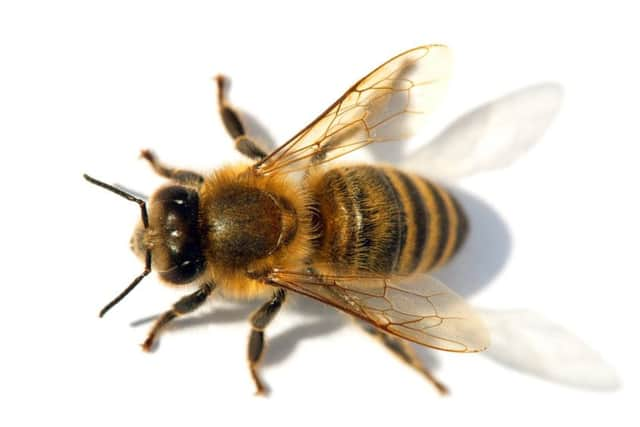

As the summer months continue, the likelihood of residents coming across one of these swarms inevitably increases.
To some, they may appear frightening, or intimidating; however, Mike says that people should not be too concerned. He explains: ‘When a swarm forms on an object, like a garden fence or football post, it is usually during a hot afternoon, typically from 1pm onwards; this is because of the hives themselves warming up.
‘The queen leaves the hive and about half the hive swarms on to a nearby object, while the rest search for a new site for their nest.’
The importance of bees is something that must never be underestimated. Though we are told numerous times about their usefulness in the ecosystem, Mike says that to downplay that would be a costly error.
Advertisement
Hide AdAdvertisement
Hide Ad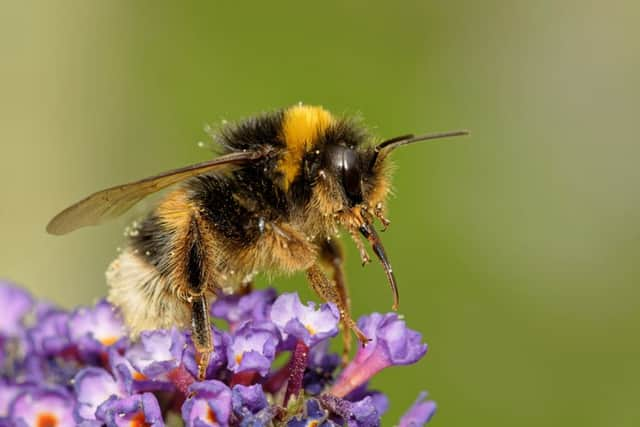

‘Bees are essential to the survival of ecosystems,’ he says. ‘While honey bees are doing what they do best, which has a great impact on the local economy because of how well locally-produced honey can sell, it is bumble bees, which pollinate all day long. They are the critical assets to the world we live in. We’ve already seen the changes. We destroy land and clear all vegetation and there’s nothing for bees to pollinate. Similarly, if bees disappear, then nothing gets pollinated and local vegetation may simply wither and die. It is a vicious circle that will have a serious impact in the long-term.’
For more information about Mike’s work and the rest of the beekeepers, go to portsmouthbeekeepers.co.uk.
STOP BUMBLING AROUND YOUR BEES
Something that has been noted by the Portsmouth Beekeepers for some time is that, after being called out to a swarm that they have been told is formed of honey bees, they arrive to find a group of bumble bees instead.
Although there are a fair few different species (with 25 different types of bumble bee), there is also a sure-fire checklist that you can use, to make sure you identify the right one.
Advertisement
Hide AdAdvertisement
Hide AdThe most obvious difference lies in their appearance. While bumble bees will be fat and furry, honey bees are narrower, more streamlined.


In fact, it is not uncommon to mistake them for wasps because of how similar they seem to the untrained eye.
In fairness to those that say they have seen a swarm of bumble bees, they are more common to come across in your back garden, since that is a prime location for them to be pollinating. By contrast, the vast majority of honey bees are actually kept by beekeepers - that being said, there are some wild colonies, and for them to gather is not uncommon.
The myth that ‘bees die after they sting you’ only applies to honey bees. In reality, a bumble bee can sting multiple times if necessary, but will only sting if it is seriously aggravated. The reason honey bees die after stinging someone is that their stinger is barbed and sticks in the skin.
SWARMS
Advertisement
Hide AdAdvertisement
Hide AdThe key when seeing a swarm of bees is not to panic. In many cases, they can appear in large numbers. A story in The News last year showed a swarm of bees almost covering an entire car.
However, since swarms will usually be in the process of migrating their colony, their concern is not typically with people who are simply walking past. In fact, at this point honey bees are in their most docile state, since they are full of honey and just resting while they search for a new home. That being said, they may stick around for a while in some cases.
According to the British Beekeepers’ Association, beekeepers are only able to help in cases of honey bee swarms.
Under no circumstances should you either try to remove the swarm yourself, or attack them in any way. To disturb them would be to anger them, with disastrous consequences.
Advertisement
Hide AdAdvertisement
Hide AdLocal authorities work with beekeepers to make sure swarms are collected safely, so either call them or a private collection company directly.
Most of the time, however, swarms will be gone within a day. If the swarm is not inconvenient, leave it to pass (which it will do once scout bees have found a suitable new home).